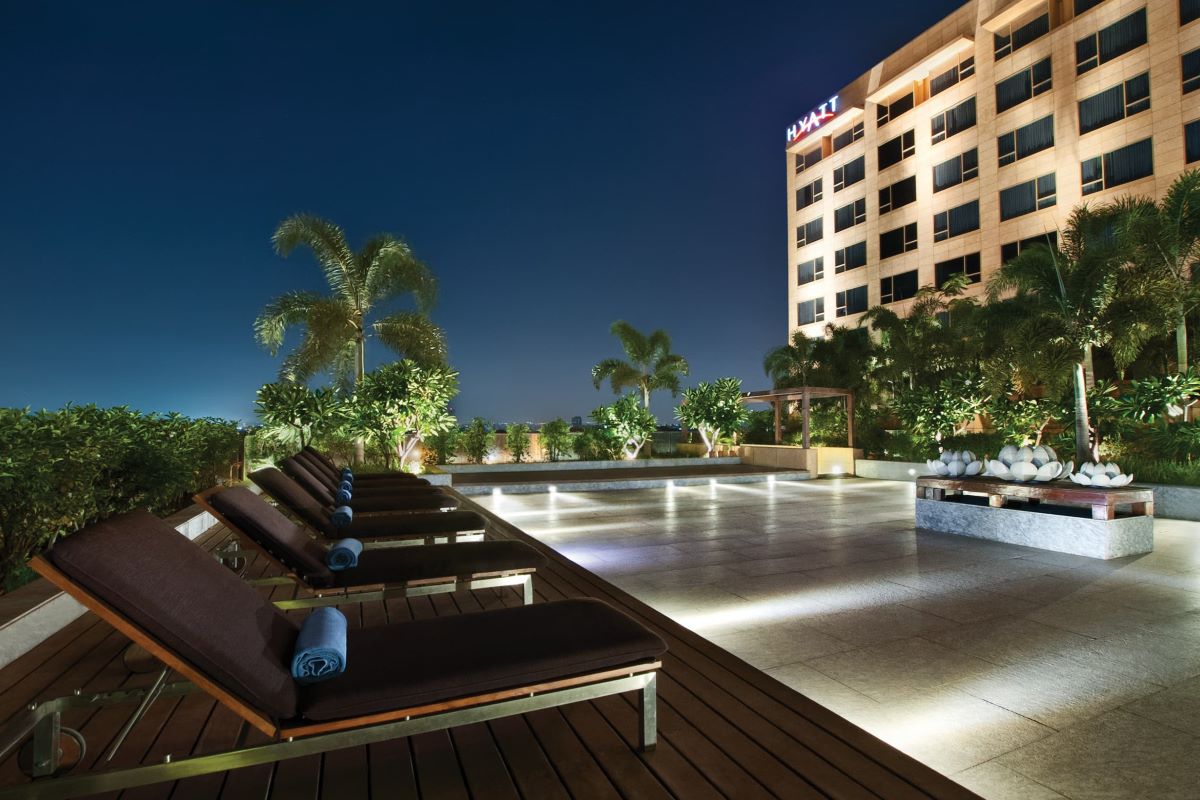Oyo Is Betting U.S. Strategy on Aggressive Dynamic Pricing

Skift Take
Oyo Hotels & Homes may be racking up the investment dollars to expand quickly outside of its home market of India. But the secret behind the company’s early success is its use of data science to ensure high occupancy for its hotel partners.
Oyo changes hotel room rates 15 million times per day, according to CEO Ritesh Agarwal. Much of this practice is based on arriving train and flight schedules fed through computers. The more inbound travelers who are shown to be available by Oyo's software to book a room, the cheaper prices become.
“This ensures hotel partners get a good occupancy jump,” Agarwal told Skift. “Our machines learn from human input [through artificial intelligence] so we can be the best option for customers with the best margins.”
This strategy, better known to some as dynamic pricing, is one the budget hotelier is deploying this year in the U.S., which is already Oyo’s fastest growing market by property openings, Agarwal added. It's also not one uncommon to the hospitality industry, though it appears Oyo is using the tactic more relentlessly than direct competitors. Revenue management and consumer demand are normally two of the biggest reasons why hotel companies alter prices.
Oyo’s current average daily rate (ADR) in the U.S. ranges between $60 and $110, according to the company. But prices can fall as low as $27 in cities like Dallas and Houston during peak hours, internal Skift research found.
Oyo’s Inn Dallas South, as an example, has increased occupancy based largely on dynamic pricing from 24 percent to 92 percent since the beginning of the year, according to company data shared with Skift. Revenue per available room (RevPAR) at the property also jumped more than fourfold to $50.
“It’s like comfort food,” said Agarwal. “It’s not supposed to be expensive, but it still resonates with customers.”
Determining The Right Room Design
Oyo’s largest selling point to property managers is its ability to predict returns on investment and RevPAR on a real-time basis using algorithms. But along with dynamic pricing, results also hinge on determining the right room design for each partnering hotel.
Some properties require a full rework, including new cabinets, wall decor, and flooring, while others need lighter facelifts — like new beds and televisions, said Agarwal. Each design is internally developed and tested by Oyo. Its venture capital partners, including SoftBank, Sequoia Capital, and homesharing giant Airbnb, fund all renovations.
“Our hotels become a little more designcentric, a little more chic than earlier,” said Agarwal. “It’s not worth $300 per night, but it is worth more than the previous select service hotel was.”
Oyo Hotel Witchita Falls in northern Texas was a big beneficiary of its remodeling project, increasing its guest satisfaction rating from 6.9 to 8.0 in less than 30 days, Agarwal added. RevPAR also increased fivefold to $36, due to a 70 percentage point rise in occupancy.
Challenging U.S. Expansion Ahead?
Oyo considers the U.S. its second home market. However critics of the company’s business model point to increased competition in the country as a reason it will find penetrating the U.S. market more challenging than India, China, or Vietnam.
Agarwal, in response, said Oyo sees a big opportunity to grow in the U.S., a country where by and large budget hotel designs remain outdated while average daily rates continue to rise.
“Economic hotel chains do exist more in the U.S., but honestly they exist in every part of the world,” he added. “We want to make them more fun, but at a price point where it remains budget in nature.”
According to industry research firm STR, the overall U.S. hotel industry reported a 1.1 percent rise in ADR in the first quarter of 2019. But at least one of Oyo’s projected U.S. market rivals, Choice Hotels, has its budget hotel brands trending in the opposite direction. The hotel group has reduced Rodeway Inn and Econo Lodge’s ADR five and six percent, respectively, over the past four quarters, according to company filings.
Wyndham Hotels, owner of Super 8 and Days Inn, is another budget hotel competitor of Oyo in the U.S. However the hotelier does not disclose ADR for any of its brands. Wyndham also declined to offer the ADR of its aforementioned budget hotels when reached for comment.
According to Agarwal, Oyo is currently opening one hotel per day on average in the U.S., with ambitions to grow that number to five by the end of the year. The startup so far has opened more than 50 hotels in 15 states. Last month the chain earmarked an additional $300 million toward building a footprint in major U.S. cities New York, San Francisco, and Los Angeles.
At this point the U.S. is further ahead in number of properties available compared to where China was early on in its development, the company said. China has already surpassed India in the number of properties Oyo makes available to travelers.
"The U.S. is a very special market, and our initial results say this is what we want to do,” said Agarwal. "We see the U.S. as a home market, and will continue to invest as that is the case.”




